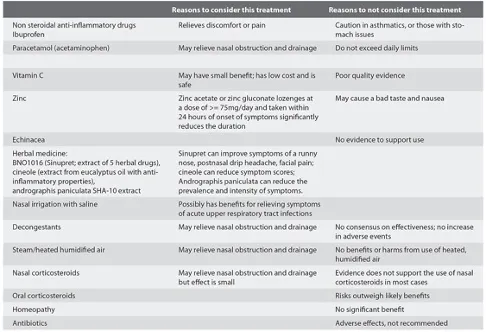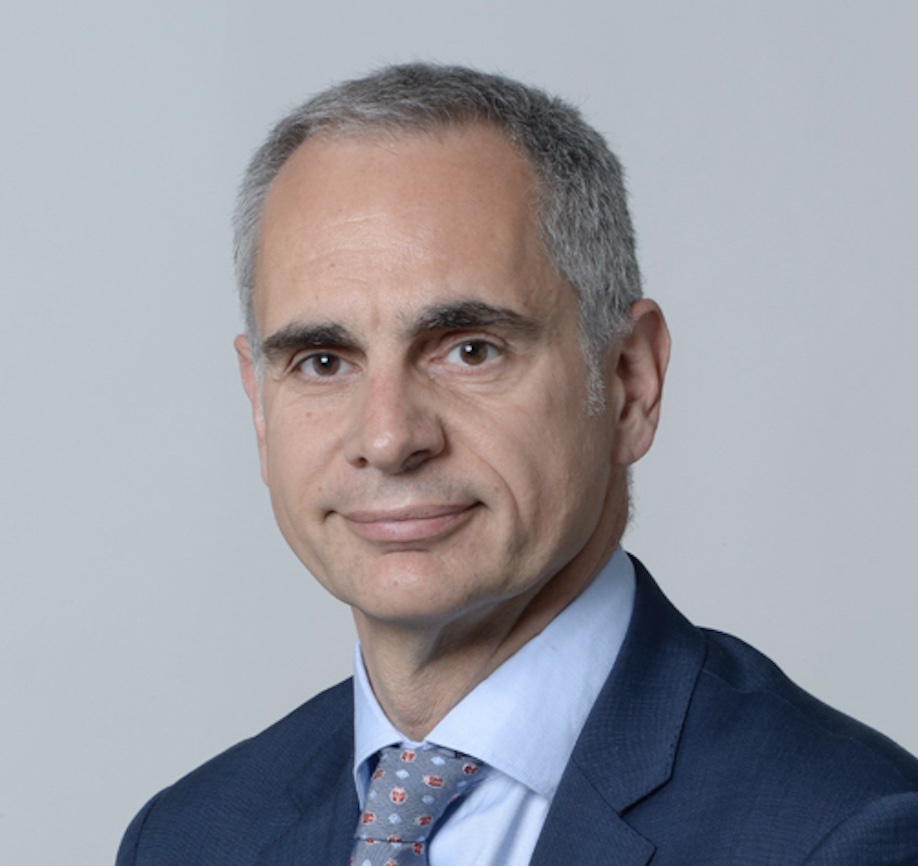Whatever your level of activity, staying healthy is crucial. But missing a week or two of training due to an illness can cause a real setback for an endurance athlete. So what are the main illness culprits and how can we prevent them?
The majority of illnesses that triathletes face are usually from the environment in which they train or race.
A recent review of 30 studies showed endurance athletes were more susceptible to respiratory infections than normal exercising controls. This is because depression in immunity, as seen in ultra-endurance athletes following competition, leads to the increased frequency of colds.
Furthermore, colds are more common in athletes with pre-existing chronic conditions related to an inflamed nasal lining, such as nasal allergies, due to increased ventilation and exposure to sport-specific environmental factors (e.g. pollution, pollen, dust, cold air or chlorination products).
- Nine tips for dodging injury and illness as a triathlete
- What are the most important nutrients for keeping your immune system healthy?
What are URTIs?
Upper respiratory tract infections (URTIs) are infections of parts of the body involved in breathing, such as the sinuses, throat, airways or lungs. Most URTIs get better without treatment, but sometimes you may need to see a GP.
What are the most common URTIs that affect triathletes?
The environmental illnesses encountered while running or cycling are the same airborne viruses you would encounter in any other area of life. There are, however, some more unusual ones that you can encounter when swimming, both in chlorinated pools and in open-water environments.
Adenovirus
Many scientific research studies have outlined the myriad of diseases you can pick up in swimming pools, even with chlorination, that can be a little unnerving.
In 2019, a review listed a number of outbreaks at swimming pools over the last 70 years (1). The most common cause of illness was found to be adenovirus, which can survive for long periods in water, are very common (we’ve probably all had one at least), and can cause gastric, respiratory, eye or urinary symptoms.
Prevention – Keeping your nasal airway healthy reduces the risk of illnesses. Following a swimming session in the pool treated with chlorination products, it's advisable to rinse your nose with a saline solution.
Gastrointestinal issues
In a 2019 review on illnesses contracted in lakes (2), open-water swimming was unsurprisingly at the top of the list due to total immersion and the risk of ingesting the water.
Although the causes were not discussed, the symptoms were mainly gastrointestinal, and the summer appeared to be higher risk, due to increased faecal indicator bacteria (yuck) than in the winter.
Prevention – A simple counter to this (with no evidence to it) is to have a cola drink after your swim!
- A review and update on waterborne viral diseases associated with swimming pools. Bonadonna L, La Rosa G. Int J Environ Res Public Health. 2019, 16(2), 166.
- Risk of human illness from recreational exposure to pathogens in freshwater bodies: a systemic review. Adhikary RK, Mahfuj MS et al. Exposure and Health. 2022, 14, 325-343
Infectious rhinitis (common cold)
A study based on detailed training logs of the Norwegian triathlon national team members, demonstrated the source of virus transmission. Flights, unsurprisingly, were a major risk factor, likely due to crowded planes and dry air.
If sick athletes travel in groups to training camps or competitions, they tend to pass it on to their teammates, as has been evident with the Covid-19 pandemic.
Monotonous hard training was also identified as a risk factor for illnesses. This is likely related to a steady weakening of the immune system.
Prevention – Wearing masks or delay the flight to avoid travelling in a group. Interchange hard days with easy training sessions will also help to reduce the risk.
Treatment – In most cases, a common cold is a self-resolving viral disease, and the treatment is rest, hydration and symptomatic control. However, some medications can help to relieve the symptoms while you're waiting to recover; these are listed in the table below.
Acute and recurrent tonsillitis
Acute tonsillitis often complicate URTIs. These are common in children and adolescents but can occur in athletes as part of recurrent URTI. One-off acute tonsillitis are not often a problem but recurrent episodes can be a real burden as it will negatively impact training and performance.
Prevention – As per 'common cold', above.
Treatment – For acute episodes, rest, take hydration symptomatic relief and antibiotic therapy. For recurrent episodes, especially for those who have suffered more that four episodes a year requiring antibiotic therapy, tonsillectomy may be beneficial.
Seasonal and perennial allergic rhinitis (hayfever)
Allergic rhinitis affects approximately 30% of the general population, so by definition the same percentage of triathletes will be affected.
As triathlon is a seasonal sport, athletes will be more susceptible to exposure to allergens, mainly pollen, during the three disciplines and this may have a negative impact on their performance. It will therefore be necessary to address their symptoms to maximise their performance.
Symptoms can include itchy red eyes, nasal watery discharge and blockage and shortness of breath, especially if you also suffer from seasonal or exercise-induced asthma.
Prevention – Non-sedating antihistamines, antihistamine eye drops, topical nasal steroids with or without topical antihistamines during the season. If symptoms are not controlled by the above medications, a desensitisation programme should be considered.
Treatment – The best treatment for AR is its prevention, as it will take a few days for some of these medications to have a full effect, especially the topical nasal steroids.

Exercise-induced laryngeal obstruction (EILO)
EILO is a condition that has been more recently recognised. It occurs when the athlete starts breathing hard, massively increasing the airflow through the larynx (voicebox).
Normally the muscles in and around the larynx open up the airway maximally to allow as much air through as possible.
However, in EILO some of the tissues are more flexible, or floppy, than normal and increasing airflow causes these tissues to collapse into the airway, narrowing it and causing noisy breathing (stridor) and a restriction in exercise tolerance.
This can happen without any stimulus and these cases are a function of increased airflow due to increased breathing rate, but it can also be triggered if the airway is sensitive to certain airborne particles, such as pollens or chlorinated water.
If this happens regularly then a referral to a specialist may be needed. You're not on your own though, as there are a number of elite international athletes who have struggled with ‘asthma’ only to find out that they have EILO.
Prevention – Awareness and avoidance of trigger factors.
Treatment – Diagnosis and treatment will require specialist referral. Speech-behavioural therapy, inspiratory muscle training, general relaxation and psychotherapy are all part of upfront treatment strategies. In severe cases, it can be corrected surgically in the form of supraglottoplasty.
- How does endurance sports affect your lungs and respiratory system?
- Why do my muscles ache when I’m ill?
Otitis externa
Otitis externa is an infection of the external ear canal. It's very common in swimmers and it's due to the water getting in the ear canal and not being properly cleared, mainly due to wax build-up.
The symptoms include ear pain, especially when pressing the tragus (small cartilage protrusion in front of the ear canal), discharge (usually watery) and referred pain to the side of the head and jaw.
Prevention – Appropriate ear protection with both a swim cap and ear plugs.
Treatment – Topical antibiotic with steroid ear drops or spray in mild cases may be sufficient. In severe cases, systemic antibiotics, anti-inflammatories and suction clearance of the wax and debris may be required.
Osteomas or exostosis (swimmer's or surfer's ears)
Osteomas and exostosis are chronic swellings of the lining of the ear canal caused by recurrent exposure to cold water.
Prevention – Appropriate protection of the ear canal with a swim cap and ear plugs.
Treatment – Most patients do not require any treatment except in severe cases where surgical removal might be necessary.
Additional author biography:
Dr Nicholas Gibbins, MBBS, BSc (Hons), FRCS(ORL-HNS), MD, is consultant otolaryngologist and voice surgeon at University Hospital Lewisham. He graduated from Guy’s and St Thomas’ Hospitals, London in 1998 and trained in Wessex and London.
He's known primarily for his work with professional voice users, including professional singers and actors, and has a specialist interest in EILO in athletes. He's an expert in the treatment of vocal fold scar and sulcus and is one of the only people in the world to investigate and treat disorders of the throat and voice that are caused by distal biomechanical factors.
With this work he's built up a wide network of expert allied professionals who can help manage throat and voice issues, including speech therapists, physiotherapists, osteopaths, vocal rehabilitation coaches and psychologists.
He's on the vocal health working group for the British Association of Performing Arts Medicine and has advised for West End Theatre Companies.
He's been awarded a number of prizes for his work including the Registrar’s Gold Medal for research in 2011. Other awards include the Van Lawrence Prize and the David Howard Prize. He's published more than 30 articles and written eight text-book chapters regarding the management of voice disorders and on ENT emergencies. He's an external examiner for the University of Canterbury Christ Church in the MCh for Otolaryngology.
Nick has participated in triathlons since his medical school days and he's a keen long-distance racer.

Top image credit: Getty Images

